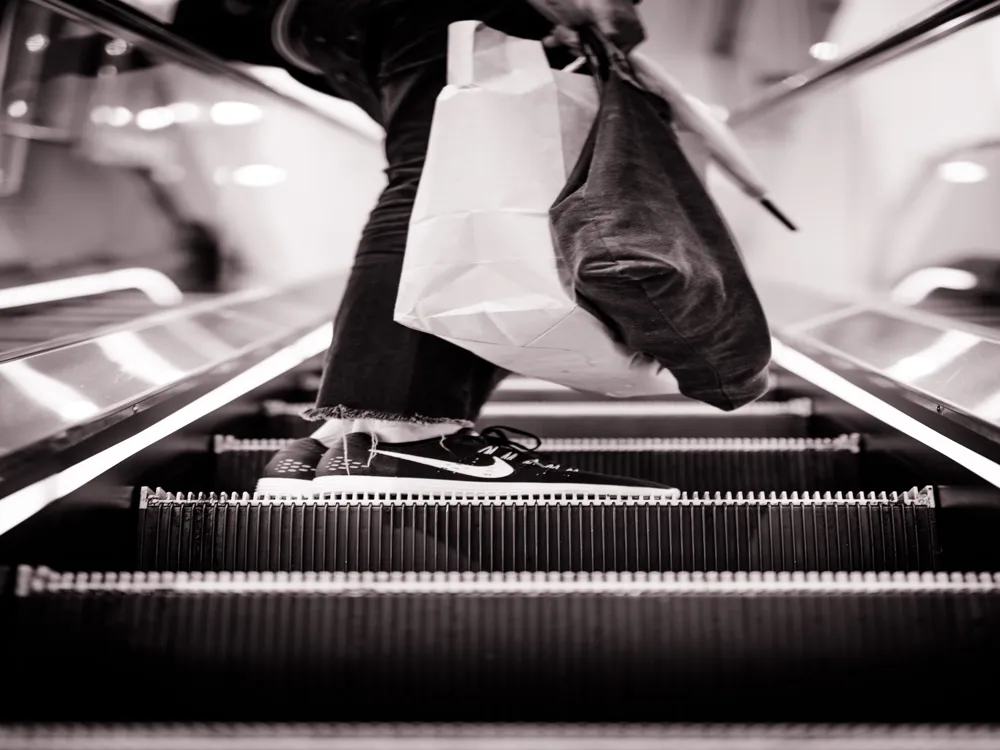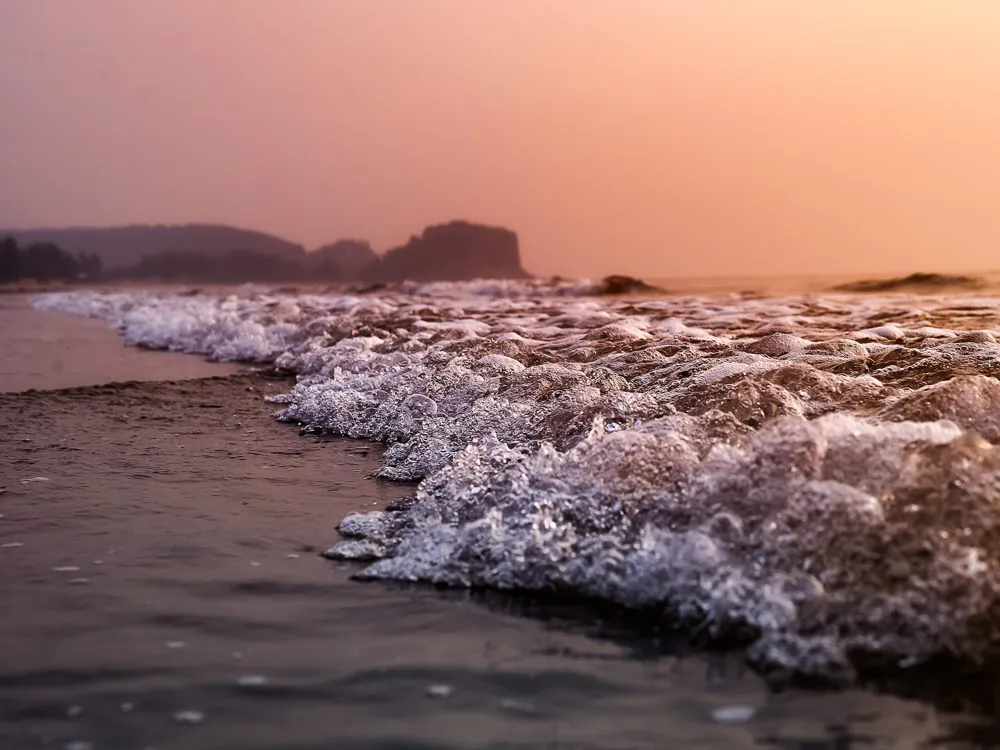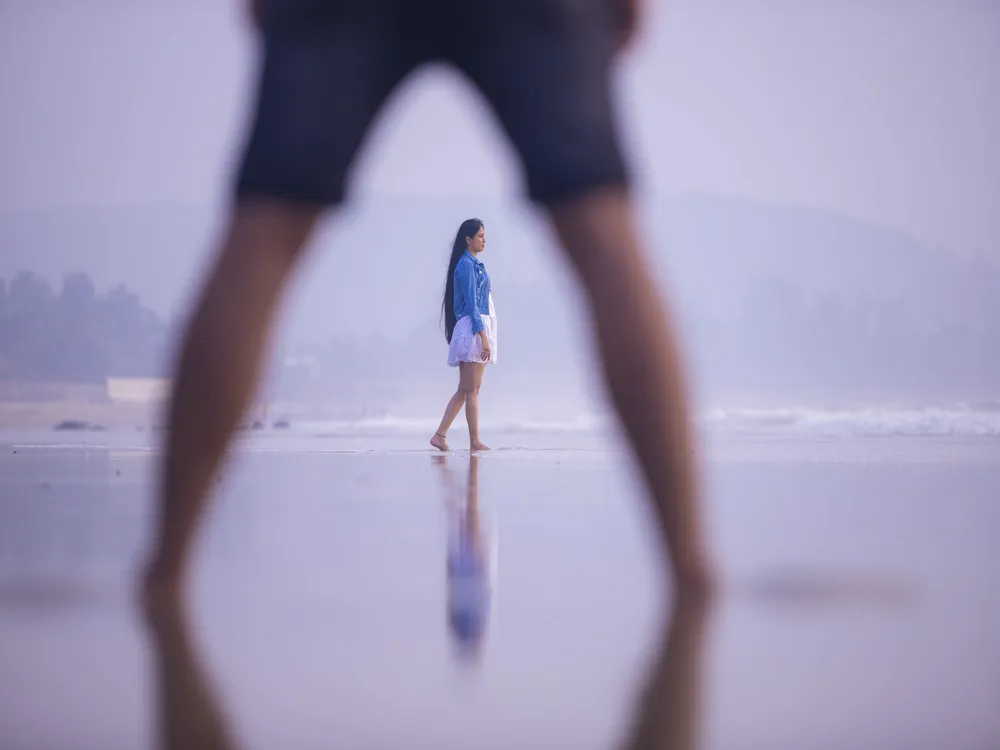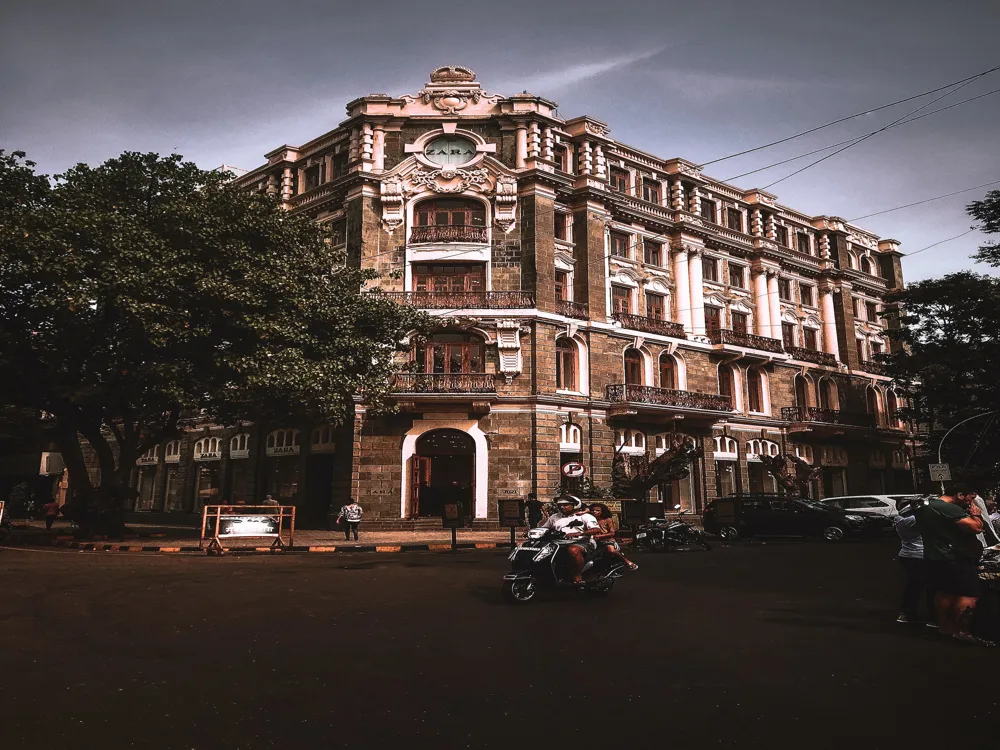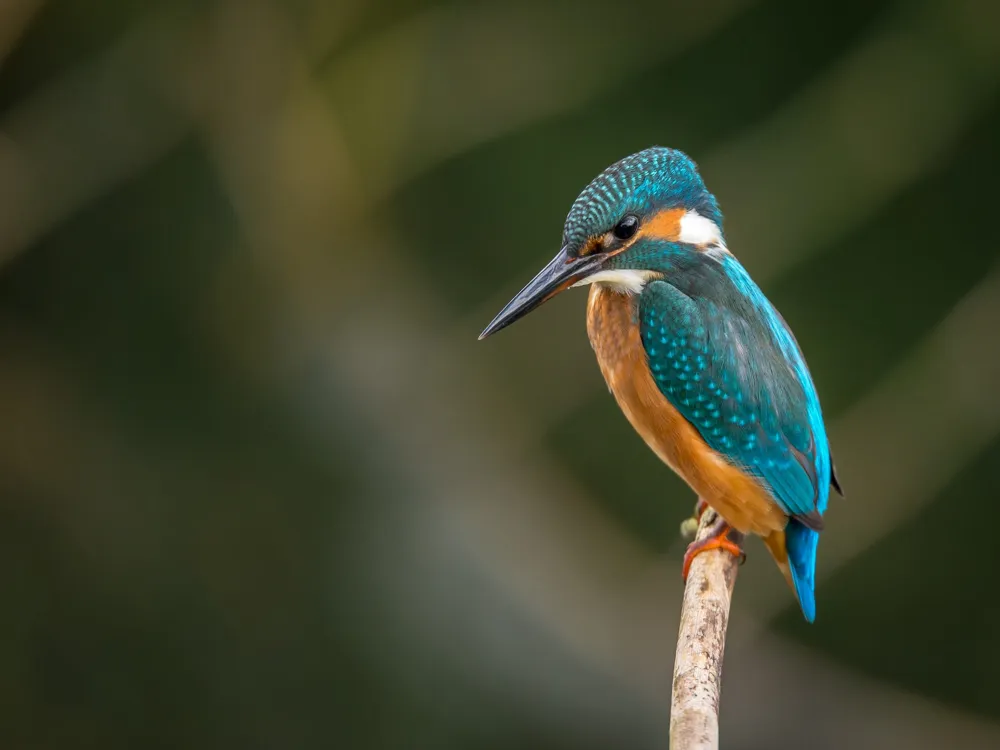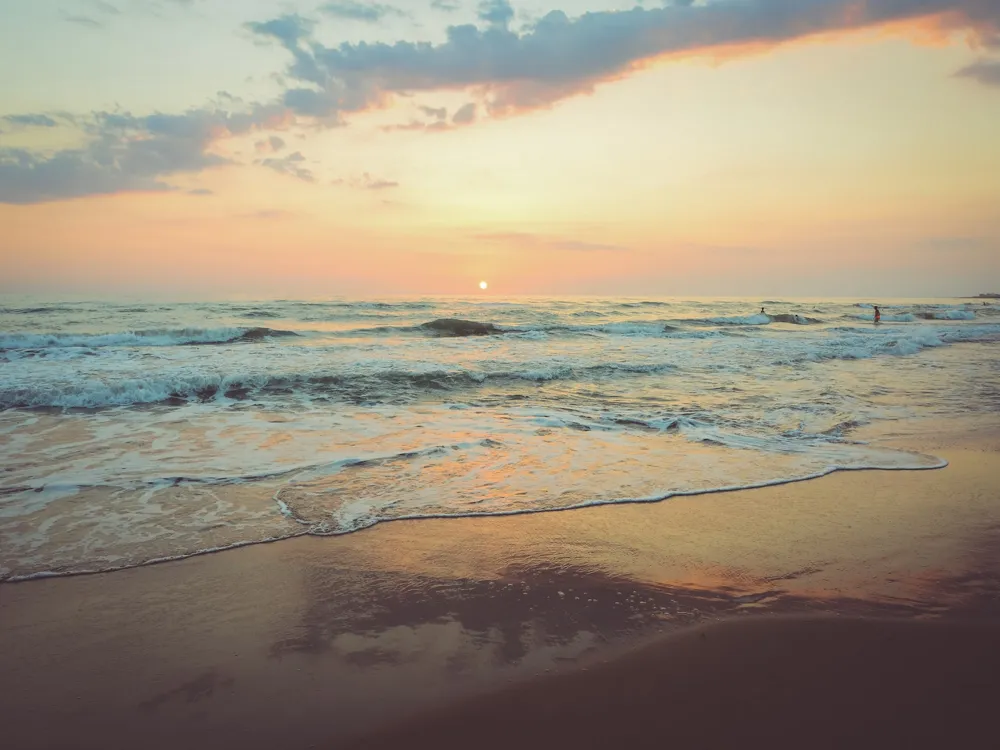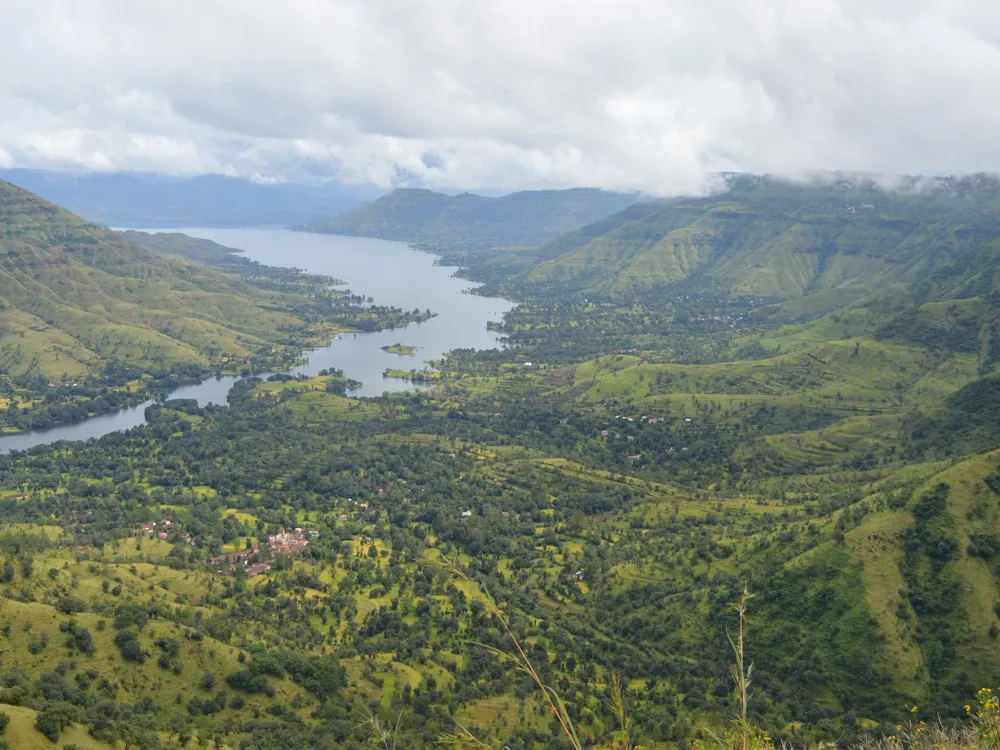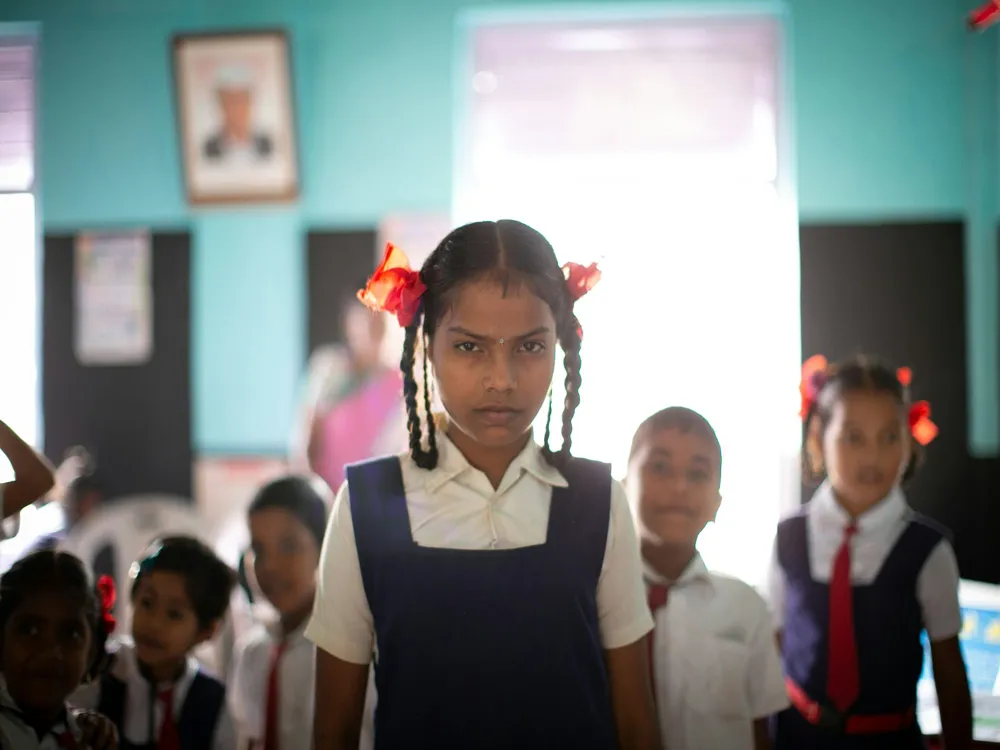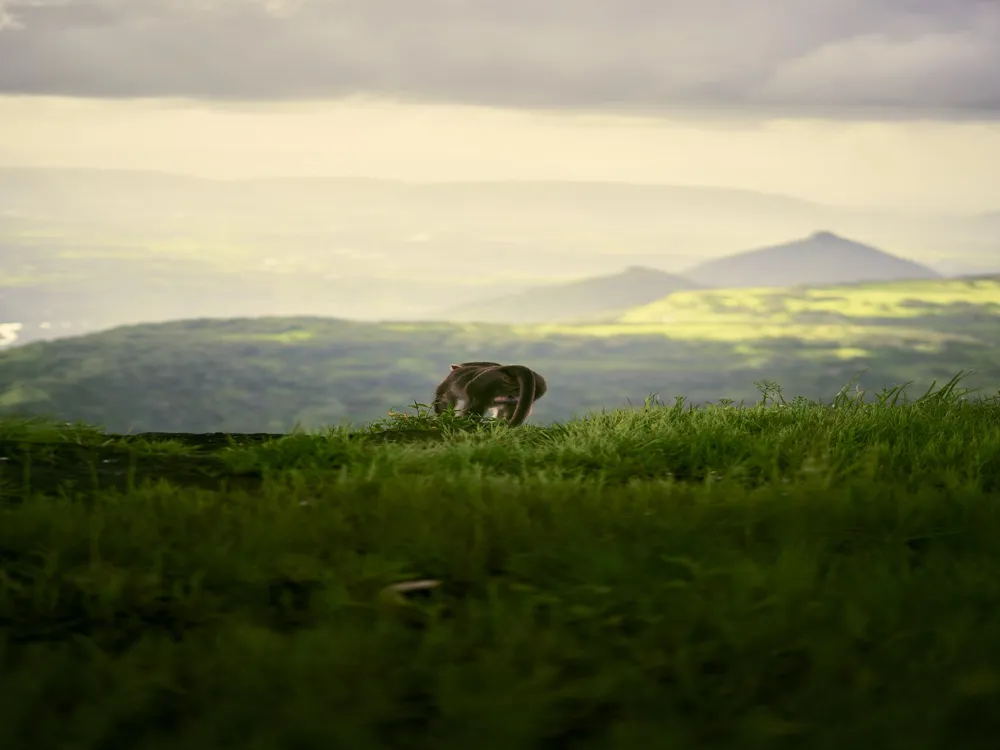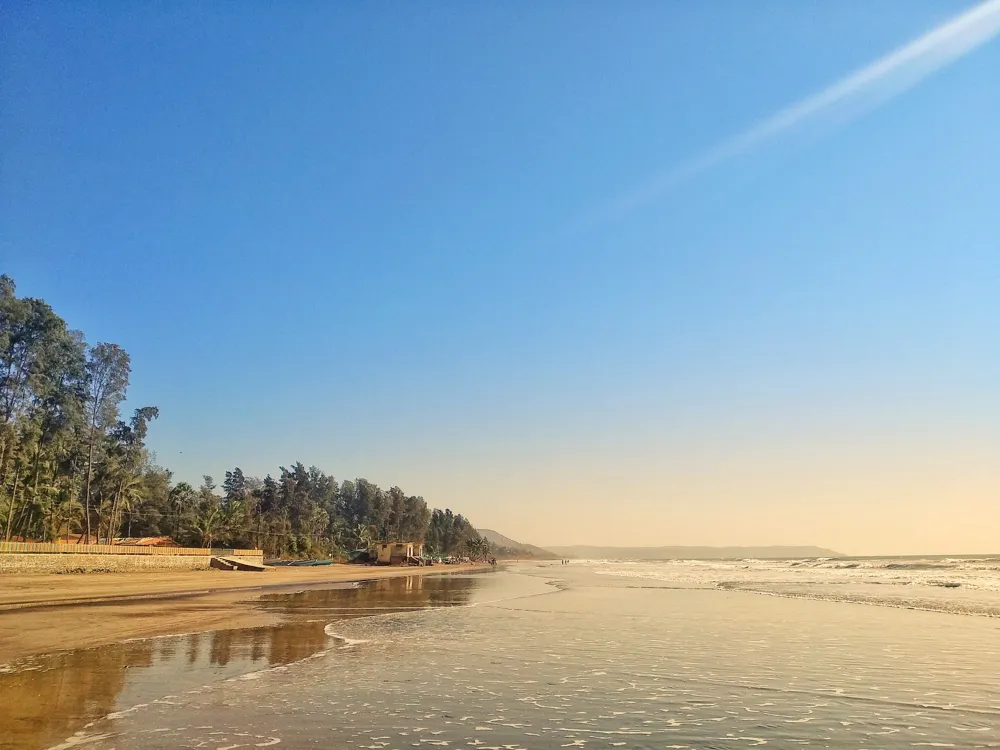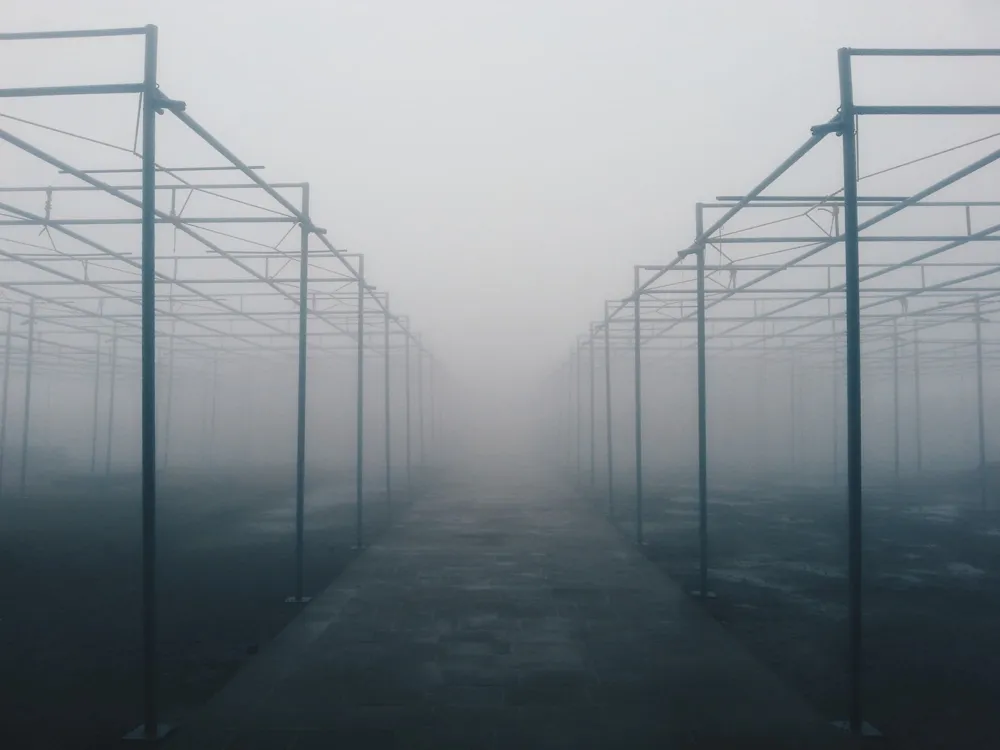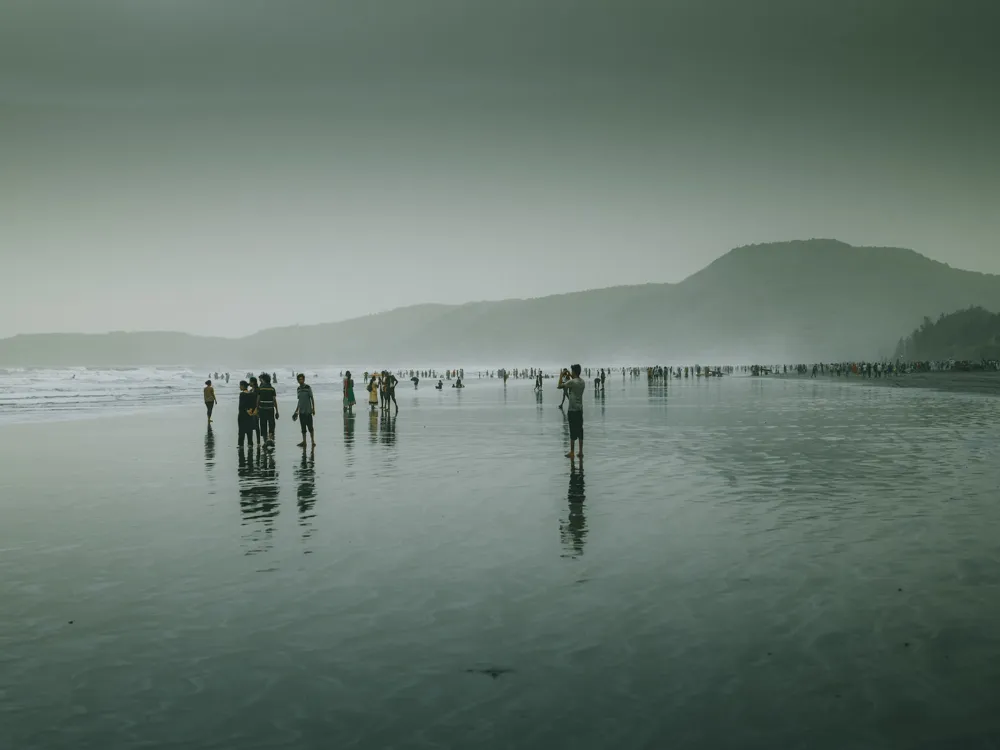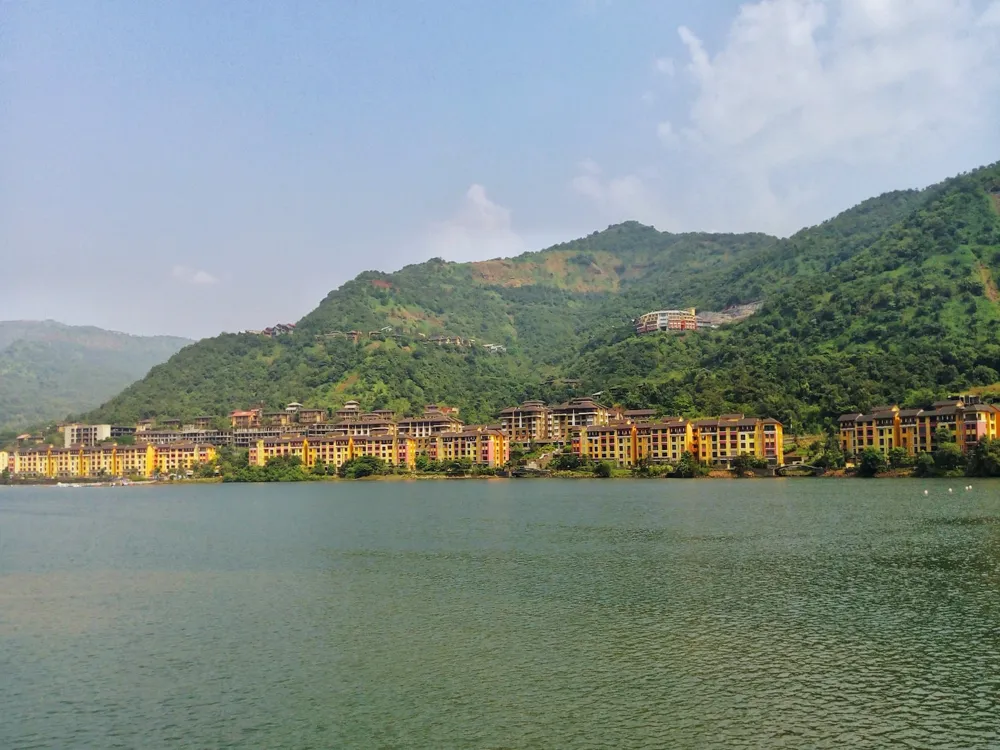Nestled along the scenic coast of Maharashtra Kashid, the Korlai Fort stands as a splendid example of India's rich history and architectural prowess. This magnificent fort, located in the small town of Korlai, near Alibaug, is a hidden gem that offers breathtaking views of the Arabian Sea and a glimpse into the region's storied past. Originally built by the Portuguese in 1521, the fort is a testament to the strategic importance of the Konkan coast and its role in maritime trade and defense. The story of Korlai Fort begins in the early 16th century when the Portuguese, attracted by the strategic importance of the region, established their stronghold here. The fort was built atop an island hill and was initially known as 'Morro de Chaul'. It served as a vital point for maritime navigation and defense against invaders. Over the centuries, the fort witnessed several battles and changed hands among various colonial powers, including the Marathas and the British, each leaving their mark on its architecture and heritage. The architecture of Korlai Fort is a blend of Portuguese and local design, reflecting the cultural amalgamation of the era. The fort's structure is characterized by robust bastions, intricate stonework, and a unique blend of European and Indian motifs. The main entrance, adorned with intricate carvings and inscriptions, leads to a sprawling complex of ruins, including churches, a lighthouse, and living quarters. The fort's strategic position on a hill provides panoramic views of the surrounding landscape, making it a photographer's paradise. Today, Korlai Fort stands as a symbol of India's rich historical and architectural heritage. It attracts history enthusiasts, trekkers, and tourists from all over the world. The fort's unique location and panoramic views make it a popular spot for picnics and photography. Its historical significance and architectural beauty are a source of inspiration for scholars, historians, and architects alike. The Korlai Fort, a historical marvel in Kashid, Maharashtra, is not just a testament to the past but a masterpiece of architectural ingenuity. Its design and structure reflect a blend of Portuguese and Indian styles, characteristic of the 16th-century colonial period. The fort spans an area of approximately 2.8 kilometers and is flanked by the Arabian Sea on three sides, offering strategic defense advantages and breathtaking views. The fort's design is a remarkable example of ancient military architecture, adapted to the local topography and climate. The main structure is divided into three parts: the lower, middle, and upper fort, each serving a distinct purpose. The lower fort included provisions for housing soldiers and storing ammunition, while the middle fort housed the main church, a testament to the Portuguese influence. The upper fort, at the highest point, served as a lookout and defensive position. The fusion of Portuguese and Indian architectural styles is evident in the fort's construction. The use of laterite stone, common in Indian architecture, combined with European military design, makes Korlai Fort unique. Intricate carvings, bastions with cannon holes, and a blend of gothic and indigenous motifs on walls and gateways showcase the cultural synthesis of the time. In recent years, efforts have been made to preserve and restore the Korlai Fort, recognizing its historical and architectural significance. These initiatives aim to maintain the fort's integrity while making it accessible and informative for visitors. The restoration work includes stabilizing structures, clearing overgrowth, and installing informational signages to enrich the visitor experience. A visit to Korlai Fort is a journey through history and architectural splendor. To ensure a memorable and safe visit, consider the following tips: The ideal time to visit Korlai Fort is from October to March when the weather is pleasant, and the skies are clear, offering stunning views of the Arabian Sea and the surrounding landscape. Carry water, sun protection, comfortable footwear, and a camera to capture the breathtaking scenery. It's also advisable to carry some snacks as there are limited food options nearby. The terrain can be rough in places, so it's important to be cautious while exploring. The fort is accessible by a series of steps, which might be challenging for those with mobility issues. As a historical monument, it's important to respect the site. Avoid littering and defacing the structures, and adhere to any guidelines provided by the authorities. Korlai Fort is easily accessible from major cities like Mumbai and Pune. The nearest town is Alibaug, which is well-connected by road. From Alibaug, Korlai is approximately 20 kilometers away and can be reached by local transport or private vehicle. The scenic drive along the coast is an added bonus, offering glimpses of the beautiful Konkan landscape. Read MoreExplore the Majestic Korlai Fort of Kashid, Maharashtra
The Rich History of Korlai Fort
Architectural Marvels of Korlai Fort
Significance of Korlai Fort in Today's Context
Architectural Wonders of Korlai Fort
Exploring the Design Elements of Korlai Fort
The Blend of Portuguese and Indian Architectural Styles
Preservation and Restoration Efforts
Tips for Visiting Korlai Fort
Best Time to Visit
Travel Essentials
Safety and Accessibility
Respecting the Site
How To Reach Korlai Fort
Korlai Fort
Kashid
Maharashtra Goa
NaN onwards
View kashid Packages
Weather :
Tags : Forts & Palaces
Timings : Sunrise to Sunset
Time Required : 1-2 hrs
Entry Fee : No entry fee
Planning a Trip? Ask Your Question
Also Refered As:
Castle Curlew
Kashid Travel Packages
View All Packages For Kashid
Top Hotel Collections for Kashid

Private Pool

Luxury Hotels

5-Star Hotels

Pet Friendly
Top Hotels Near Kashid
Other Top Ranking Places In Kashid
View All Places To Visit In kashid
View kashid Packages
Weather :
Tags : Forts & Palaces
Timings : Sunrise to Sunset
Time Required : 1-2 hrs
Entry Fee : No entry fee
Planning a Trip? Ask Your Question
Also Refered As:
Castle Curlew
Kashid Travel Packages
View All Packages For Kashid
Top Hotel Collections for Kashid

Private Pool

Luxury Hotels

5-Star Hotels

Pet Friendly







